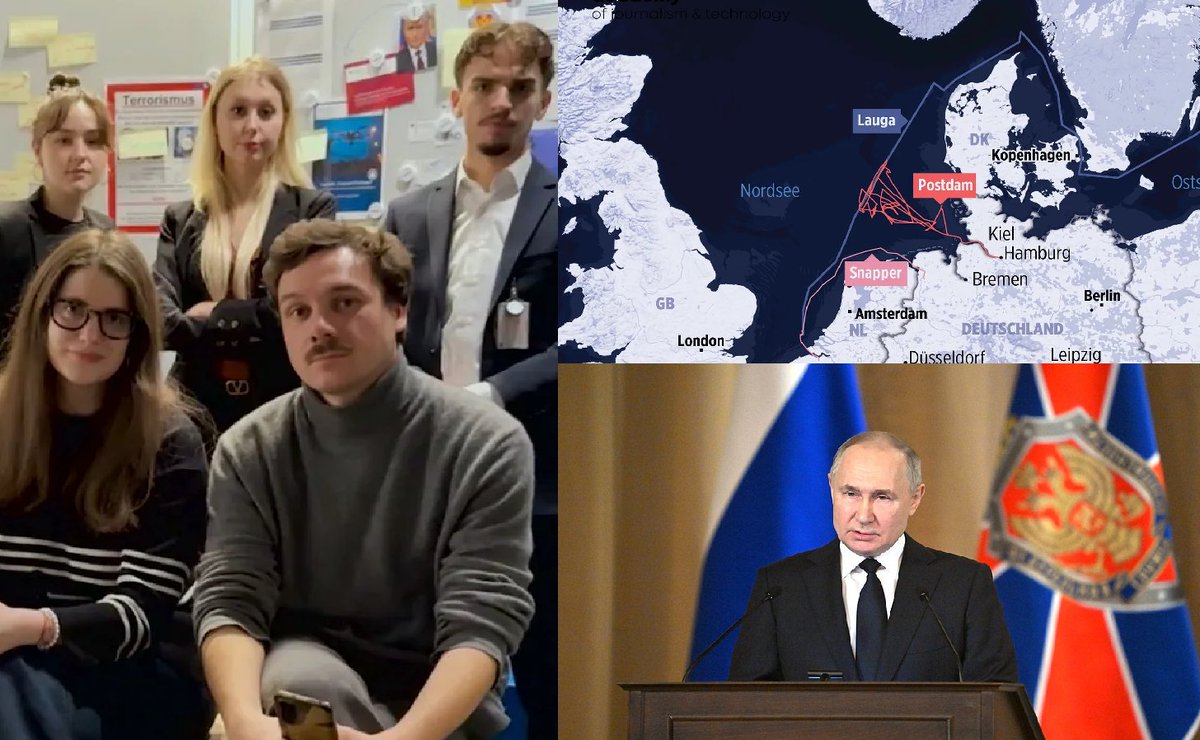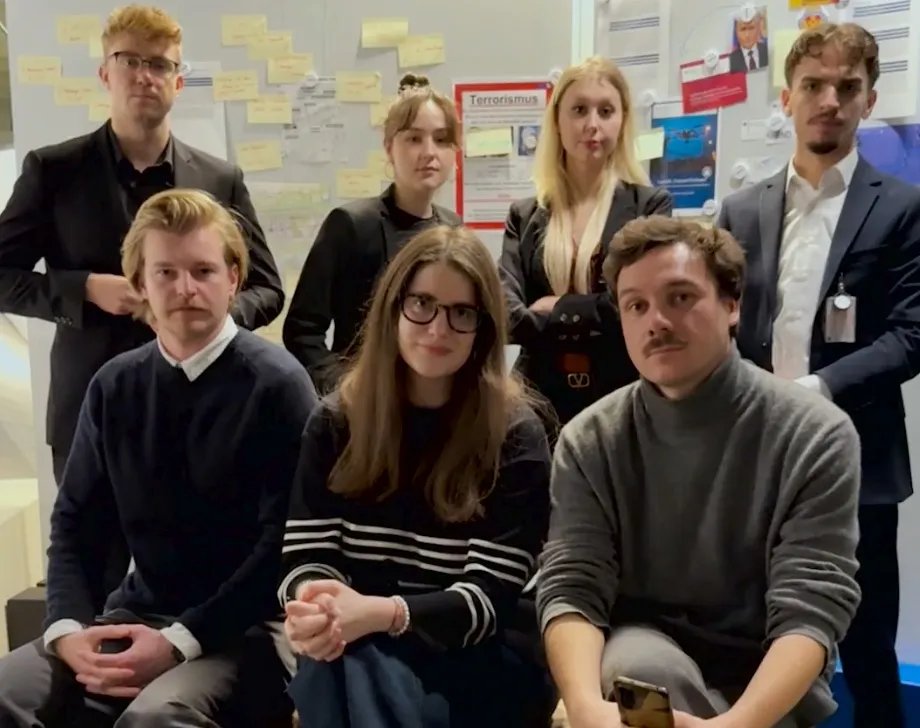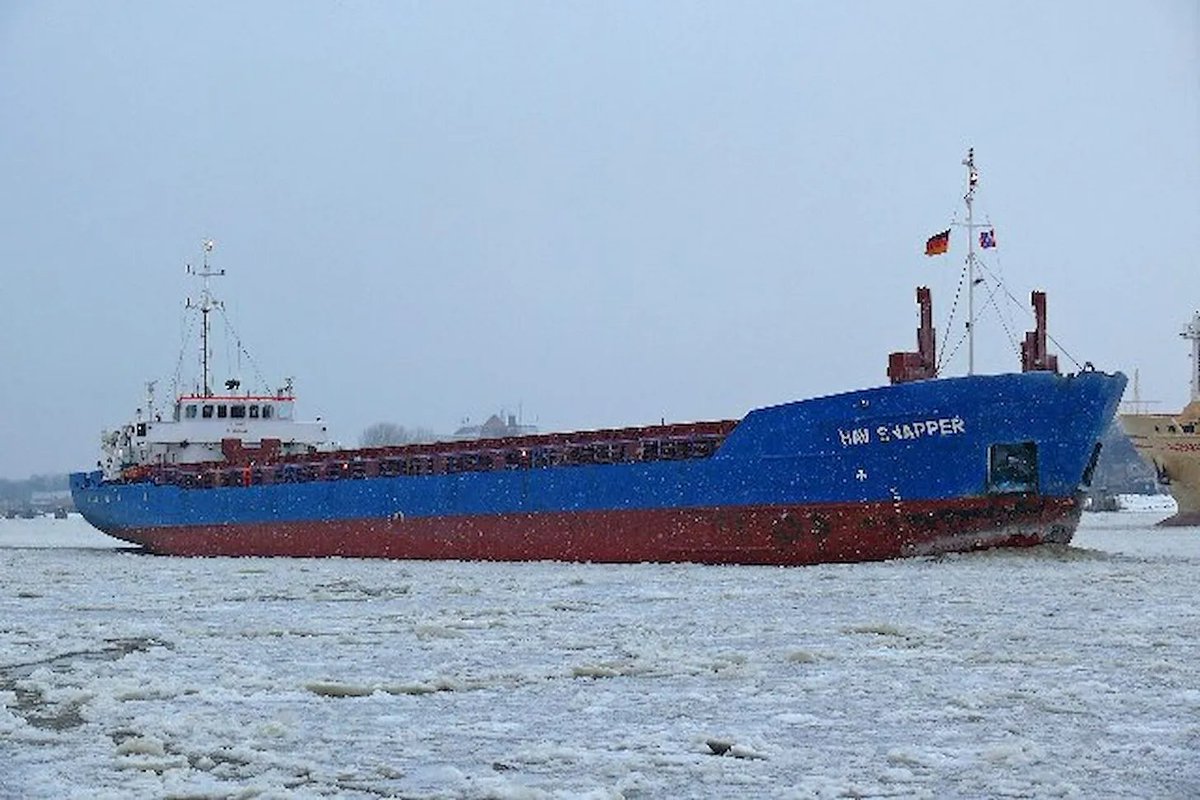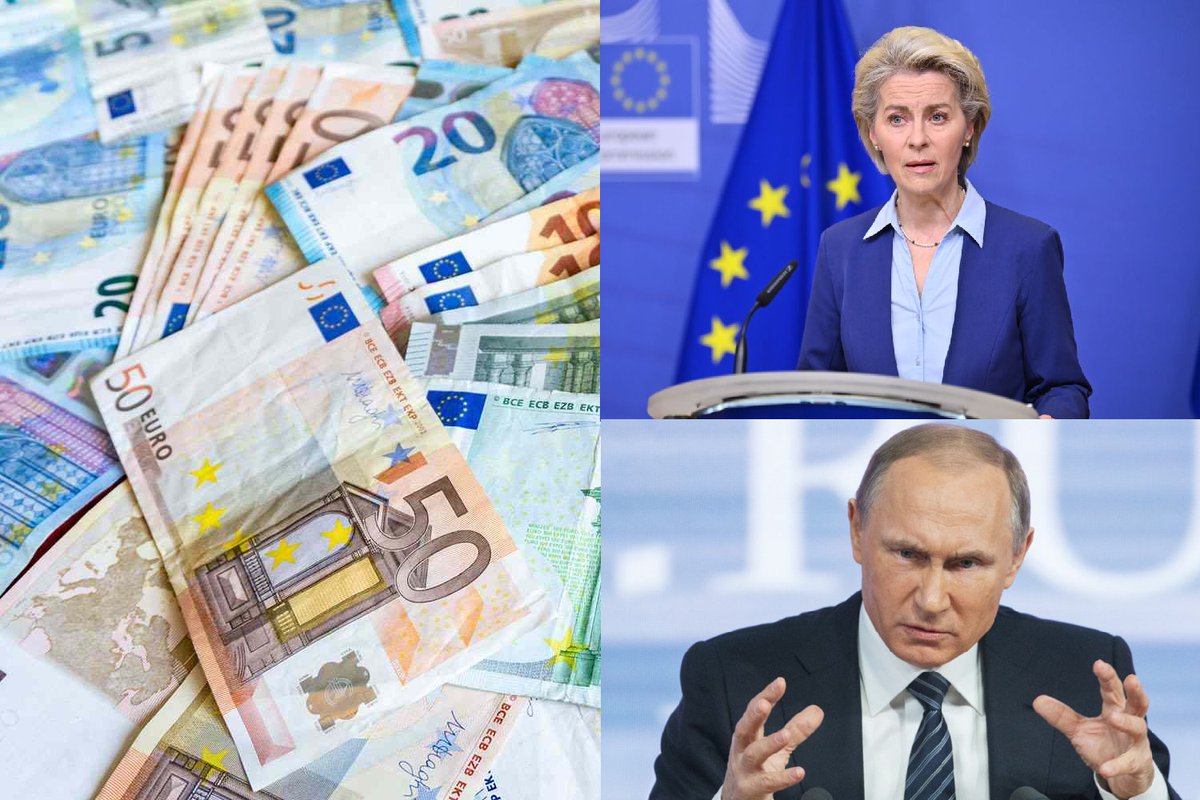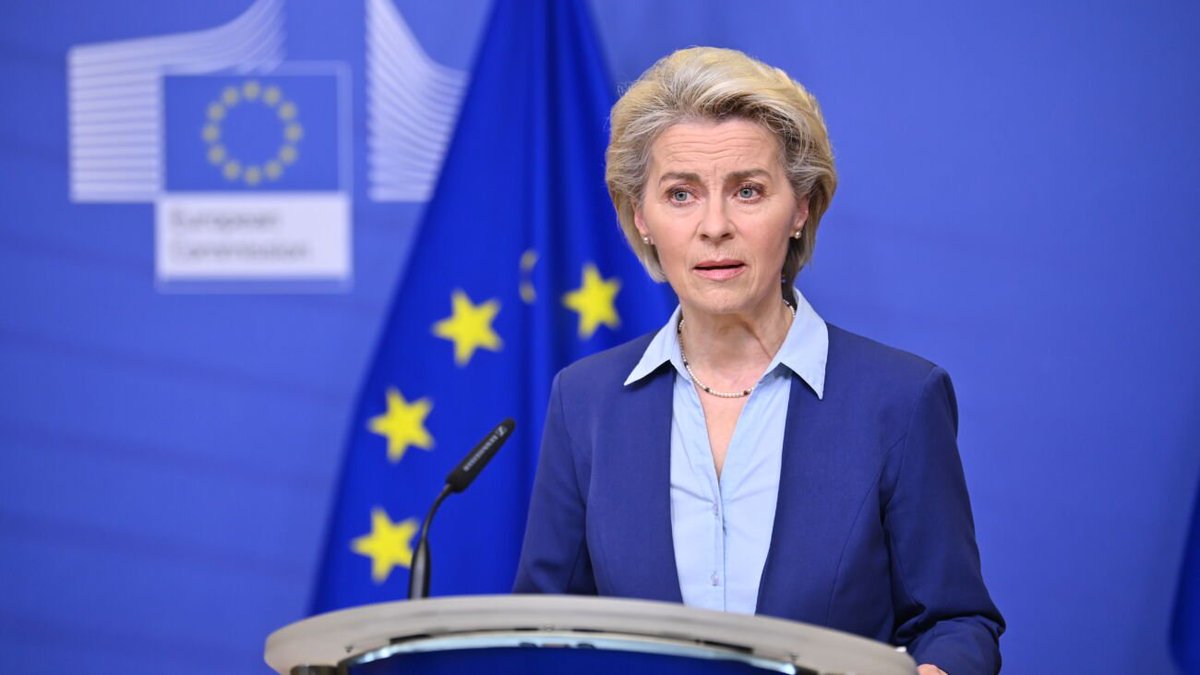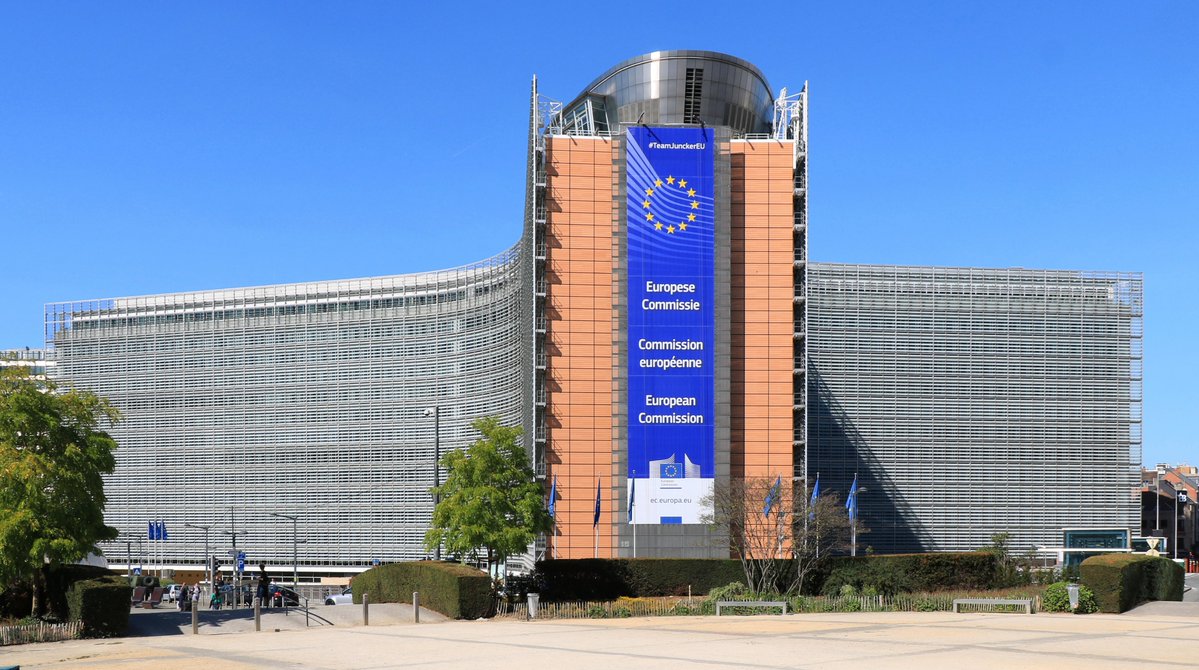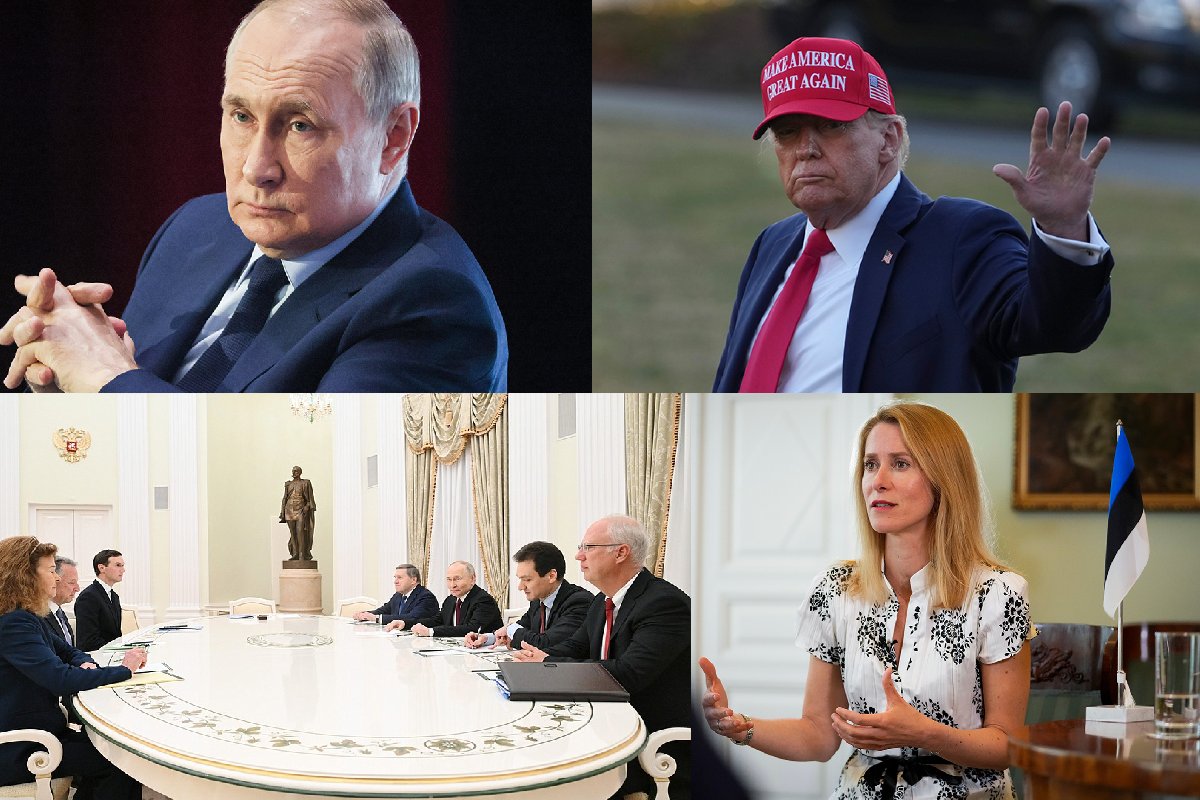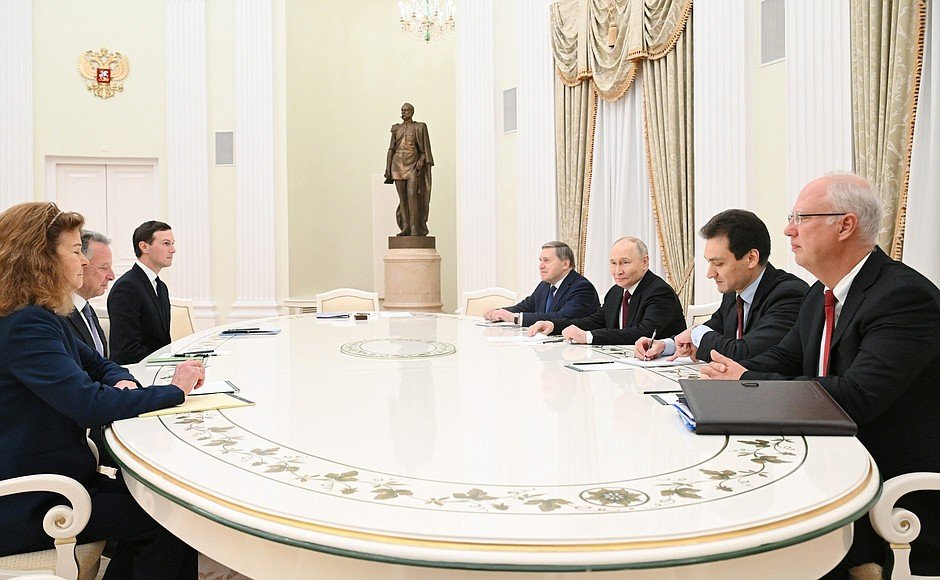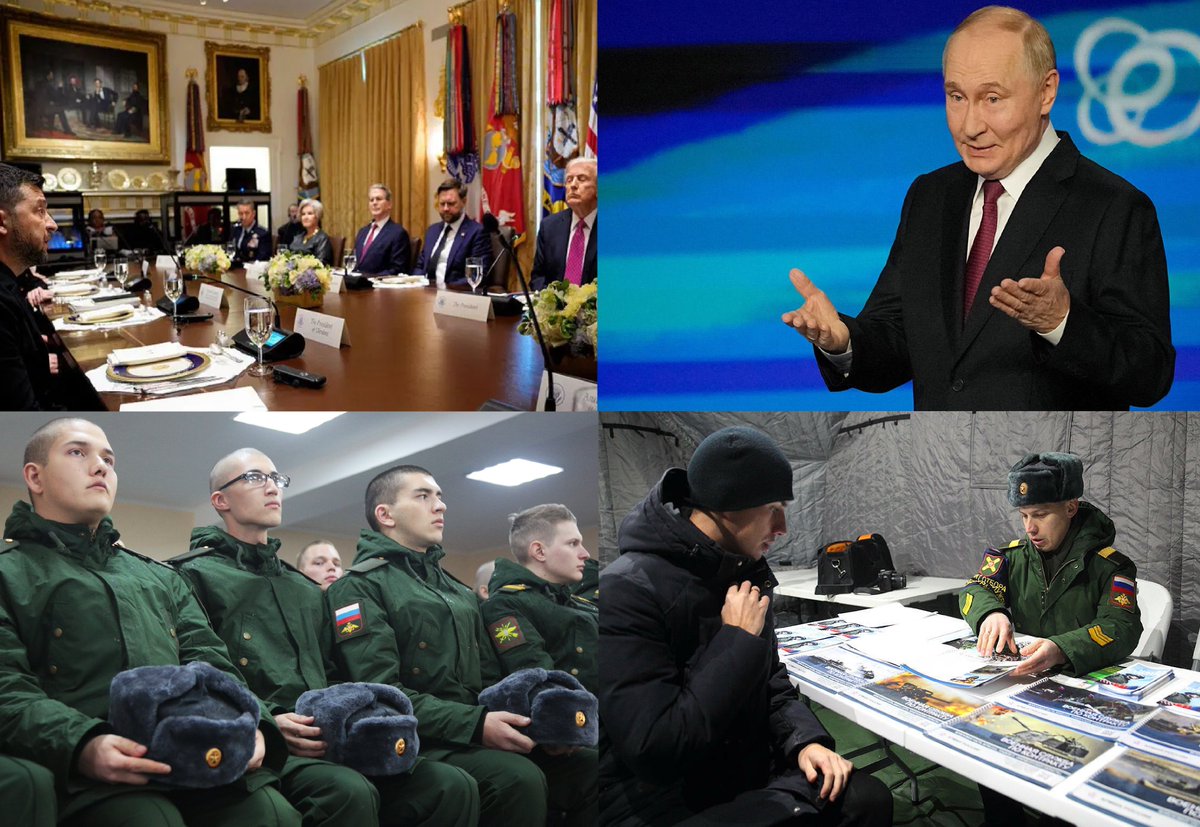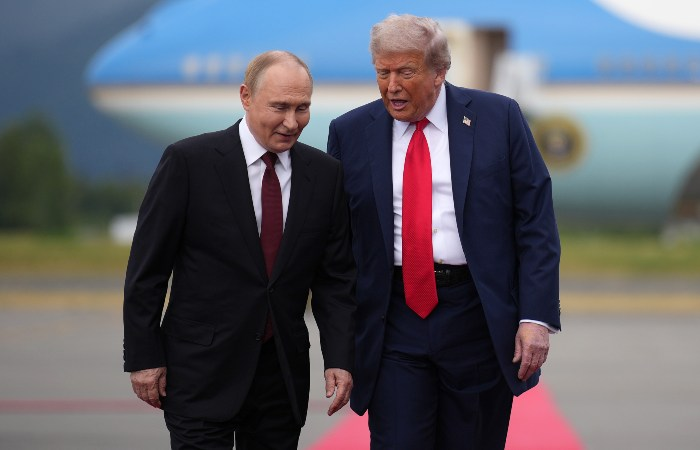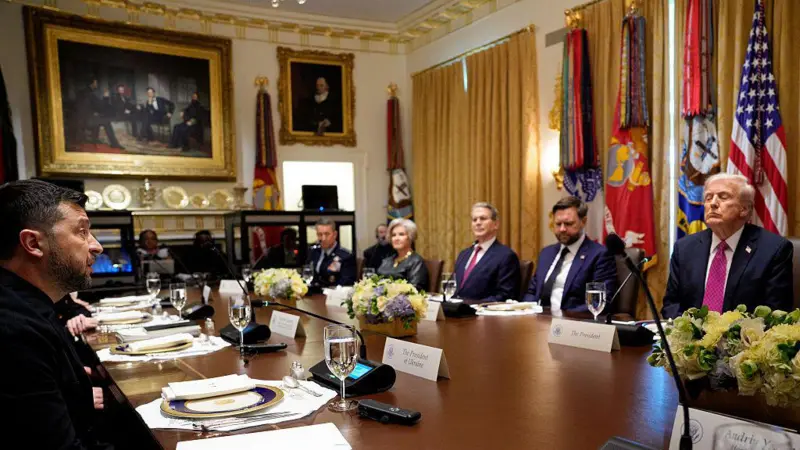Western allies are in no hurry to transfer or give permission to use weapons, but a new trend is emerging. The West agrees to provide technology and invest in the construction of factories in Ukraine itself for the production of various weapons, including missiles.
1/8
1/8

Forbes published an article with a link to a video. The article reports that Ukraine has invented its own precision glide bomb. it could become a key weapon for strikes on targets in Russia. A recent video shot by the crew of a Ukrainian air force Sukhoi Su-27 fighter
2/8
2/8
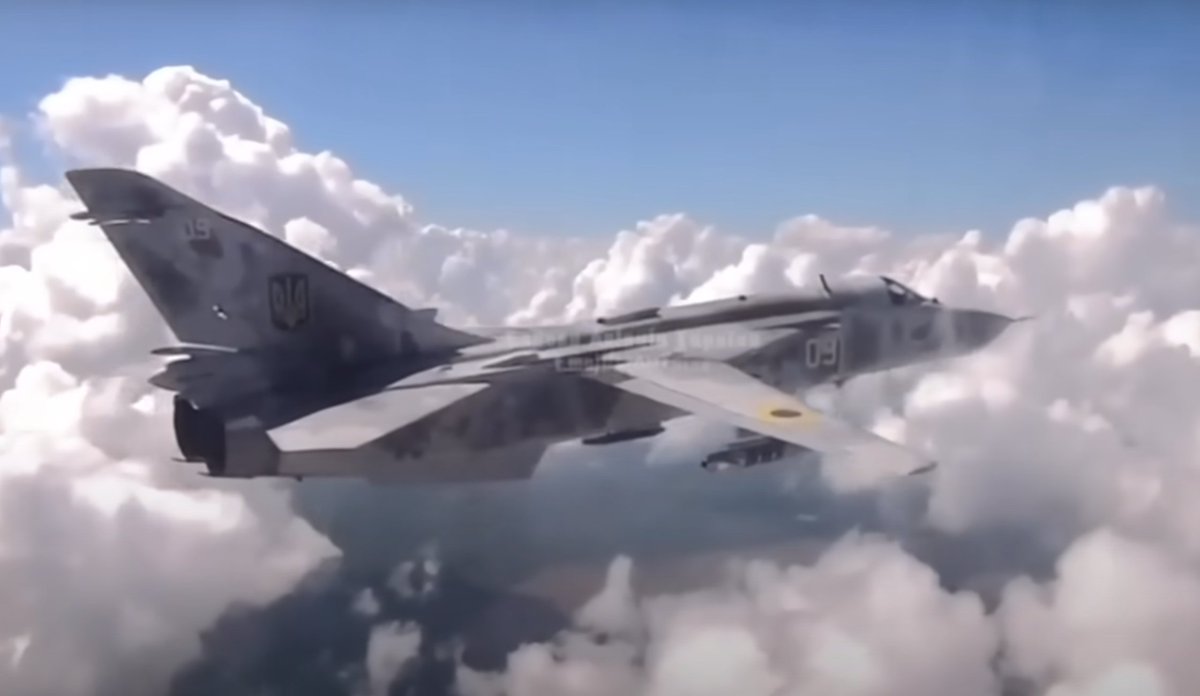
depicts an air force Sukhoi Su-24 bomber carrying a prototype gliding munition under its wing. With its wings and tail-mounted rocket booster, the presumably GPS-guided bomb looks a lot like a Hammer. It’s possible the Ukrainians actually copied the French weapon.
3/8
3/8

It was also stated at the Rammstein summit that the United States and Ukraine, with the assistance of several European companies, are currently developing a replacement for the S-300 anti-aircraft missile systems and R-27 missiles. The S-300 is a Russian-made system and
4/8
4/8
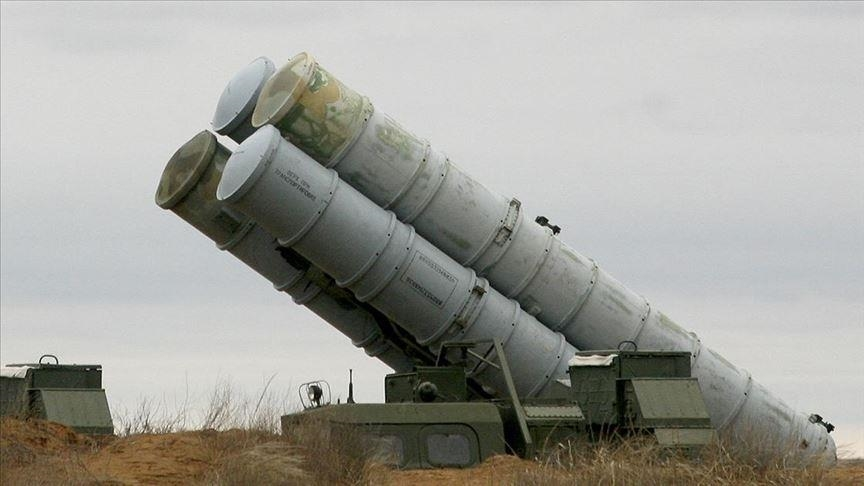
Ukraine is running out of missiles for it. Although Ukraine has the potential to repair and modernize some S-300 systems, full-scale production of these systems is not carried out in Ukraine, since key technologies and components for production belong to Russia and
5/8
5/8
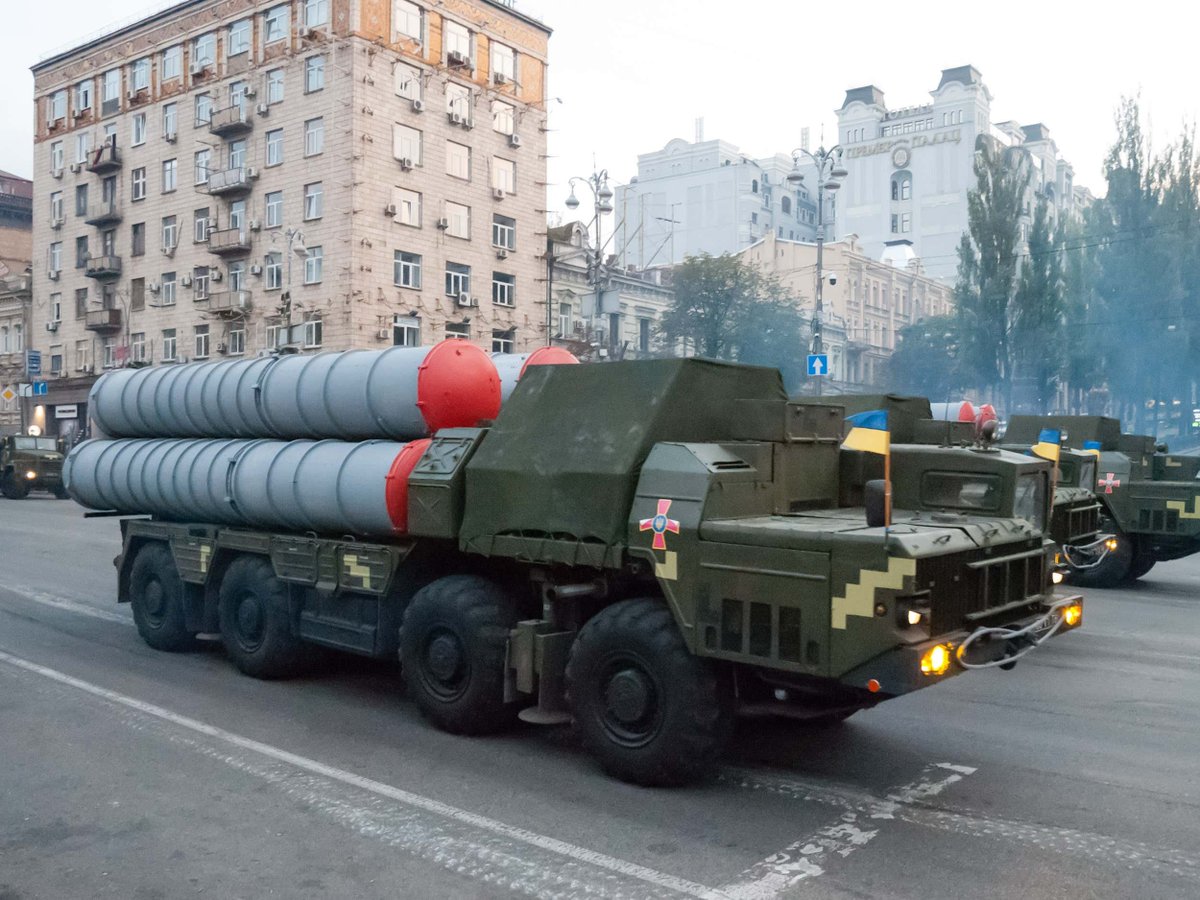
are controlled by Russian enterprises, such as the Almaz-Antey concern. Organizing production in Ukraine, although not the fastest solution, is beneficial in the long term in many ways.
6/8
6/8
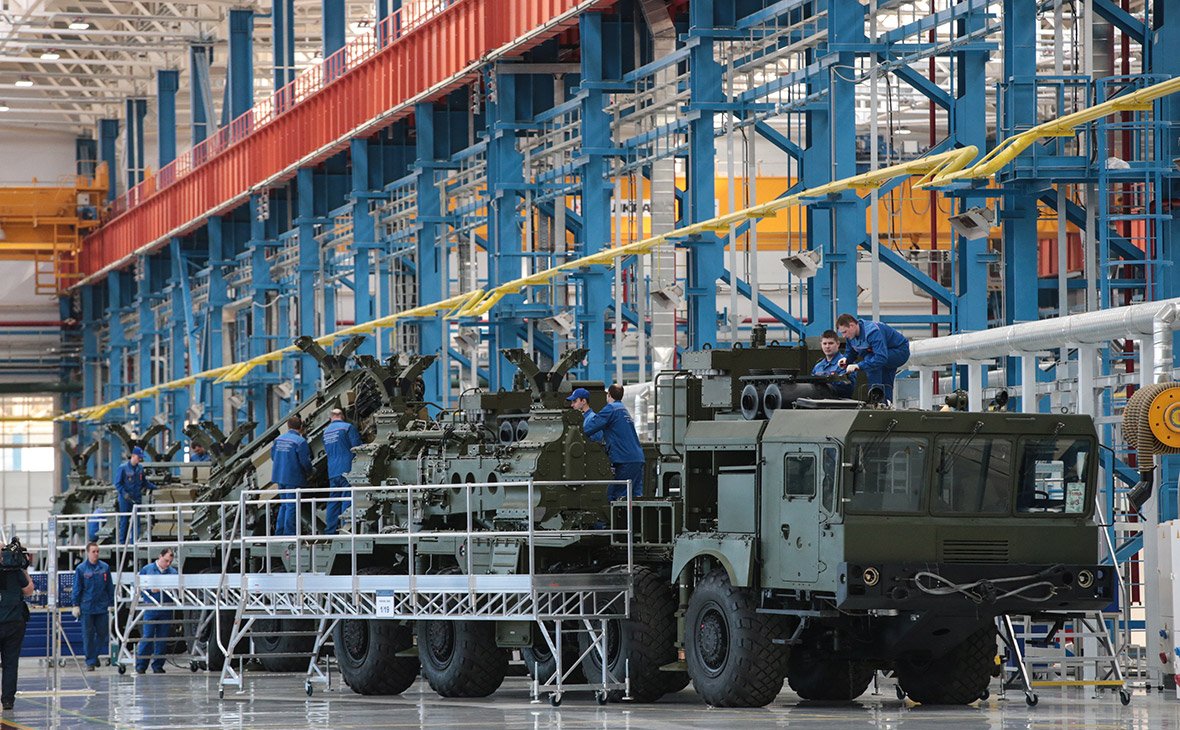
Ukraine will be able to produce weapons itself and use them without looking back at the United States. In addition, new jobs are created and may become an important export in the future.
7/8
7/8
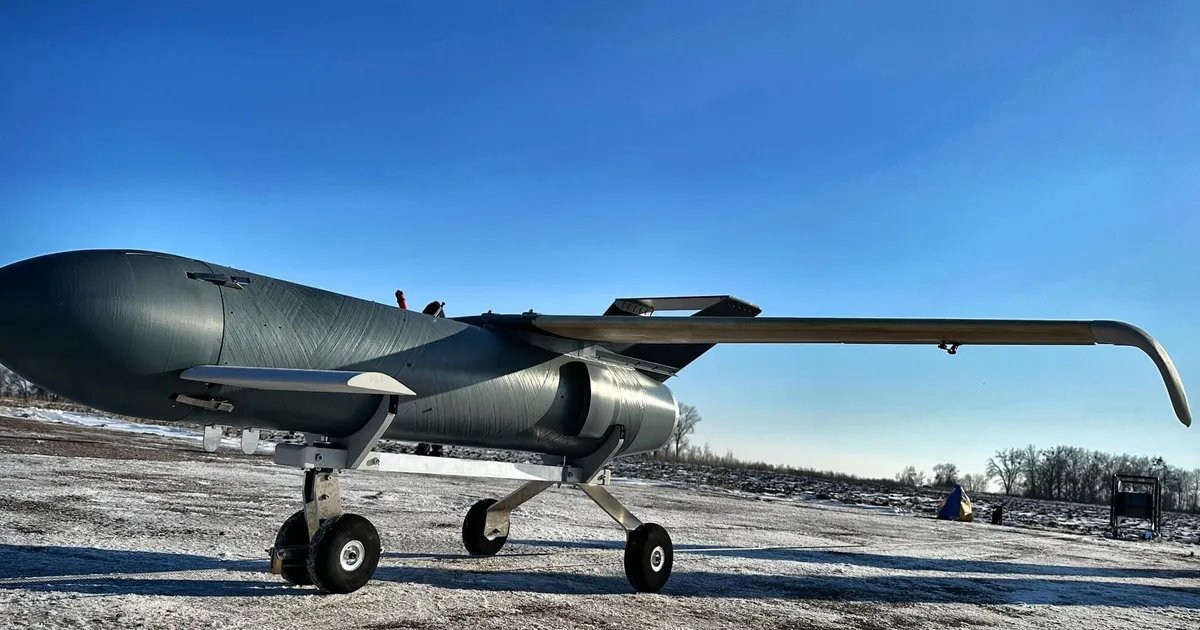
• • •
Missing some Tweet in this thread? You can try to
force a refresh


